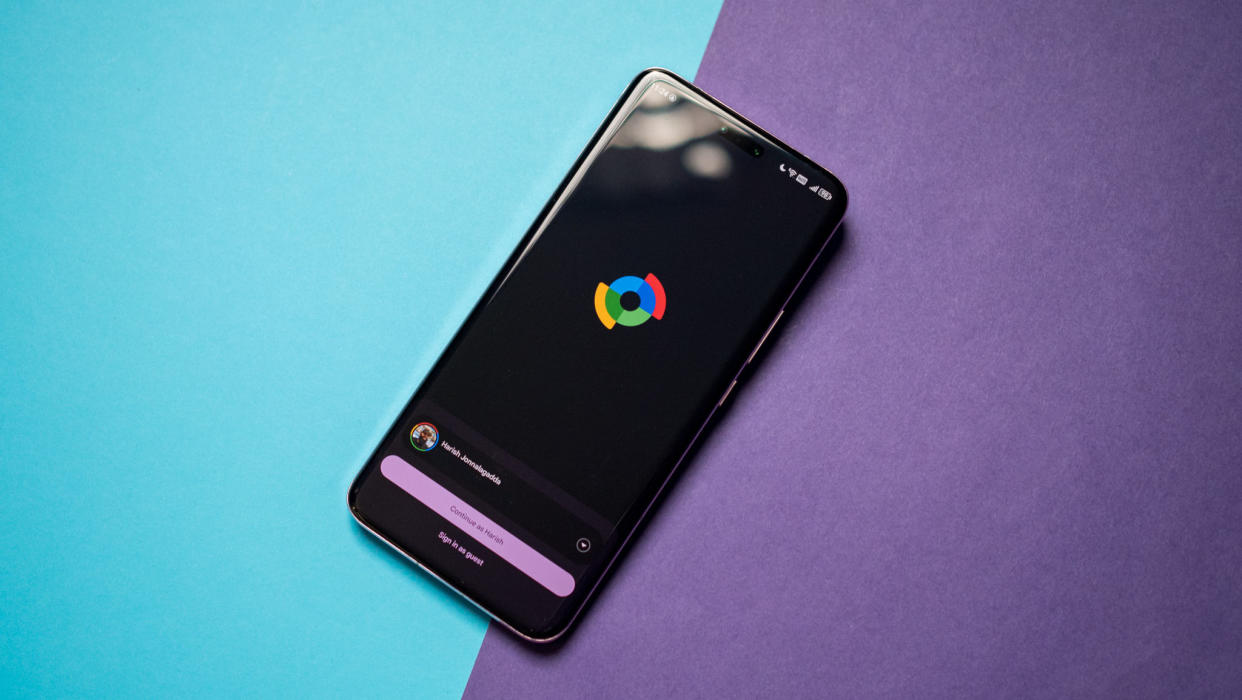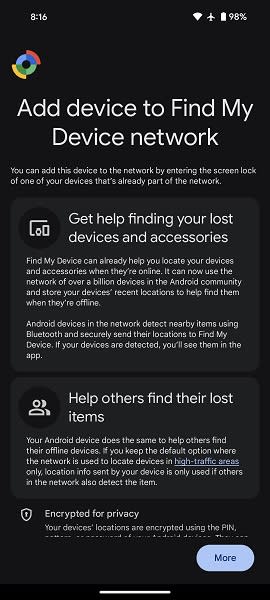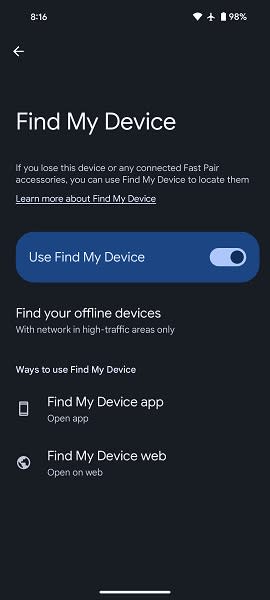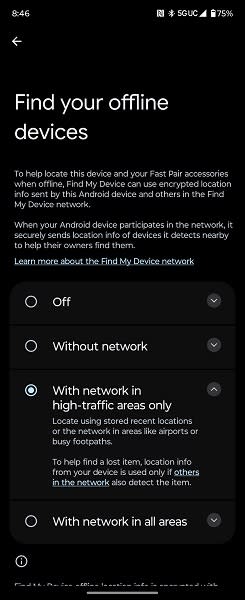Google's Find My Device Network rolls out for more people and devices

What you need to know
It seems that Google is extending its new Find My Device network's reach to more users inside and outside the U.S.
Users on X (formerly Twitter) in Japan and the U.K. have started receiving support, while folks in the U.S. are receiving it on more devices.
The new network's offline discovery if a phone's battery dies is only available for the Pixel 8 series, and Google recently explained how it works.
It looks like Google's new Find My Device is starting to appear for folks outside of the U.S. and Canada.
As spotted by Mishaal Rahman (Android Authority), a few users have taken to X (formerly Twitter), and they've reported receiving access to Google's new network for lost devices. A Japanese user posted a screenshot of their Android picking up Find My Device, while another user from the U.K. posted similar examples.
However, with more users outside of North America picking it up, it seems Google is continuing to extend its network's reach in the U.S.
Android Central started noticing it on a base Pixel 8 model while also receiving the notification for its arrival on a Moto Razr Plus. Google began rolling out its new network on its latest Pixels in April, and it seems this low rollout is starting to reach even more people.


Google explains that users can utilize its Find My Device network to rediscover their lost devices (e.g., phones) and accessories (e.g., earbuds). The company adds that a user's device location is encrypted using their screen lock and can only be seen by the owner. Similarly, if you share a device's location with another user, they will see it, too. Google states that users have the option to change this setting at any time.
Users will also have a few options for finding offline devices. In its settings, users will see "off," "without network," "high-traffic areas only," and "network in all areas." By default, the high-traffic area option is selected.
This choice works in places like airports or "busy footpaths."
It's also worth mentioning that the Pixel 8 features extra text that mentions finding a powered-off device or out of battery. Despite the Razr Plus receiving access, it cannot be found in either state on the new network.

A recent Google support document detailed how the offline tracking of the Pixel 8 series works. Essentially, users should ensure Bluetooth and Location services are toggled on before their Pixel 8 loses power and shuts down. The company added that that the devices can still transmit their location to a user for "several hours" after turning off.
It's unclear if the latest Pixel 8a will receive such offline support. However, Google's wording doesn't explicitly say it won't.
Google's I/O 2024 event is coming up on May 14. While we're expecting to hear things about Android 15 and the next Pixels, there's a chance its new Find My Device network could make another appearance.

